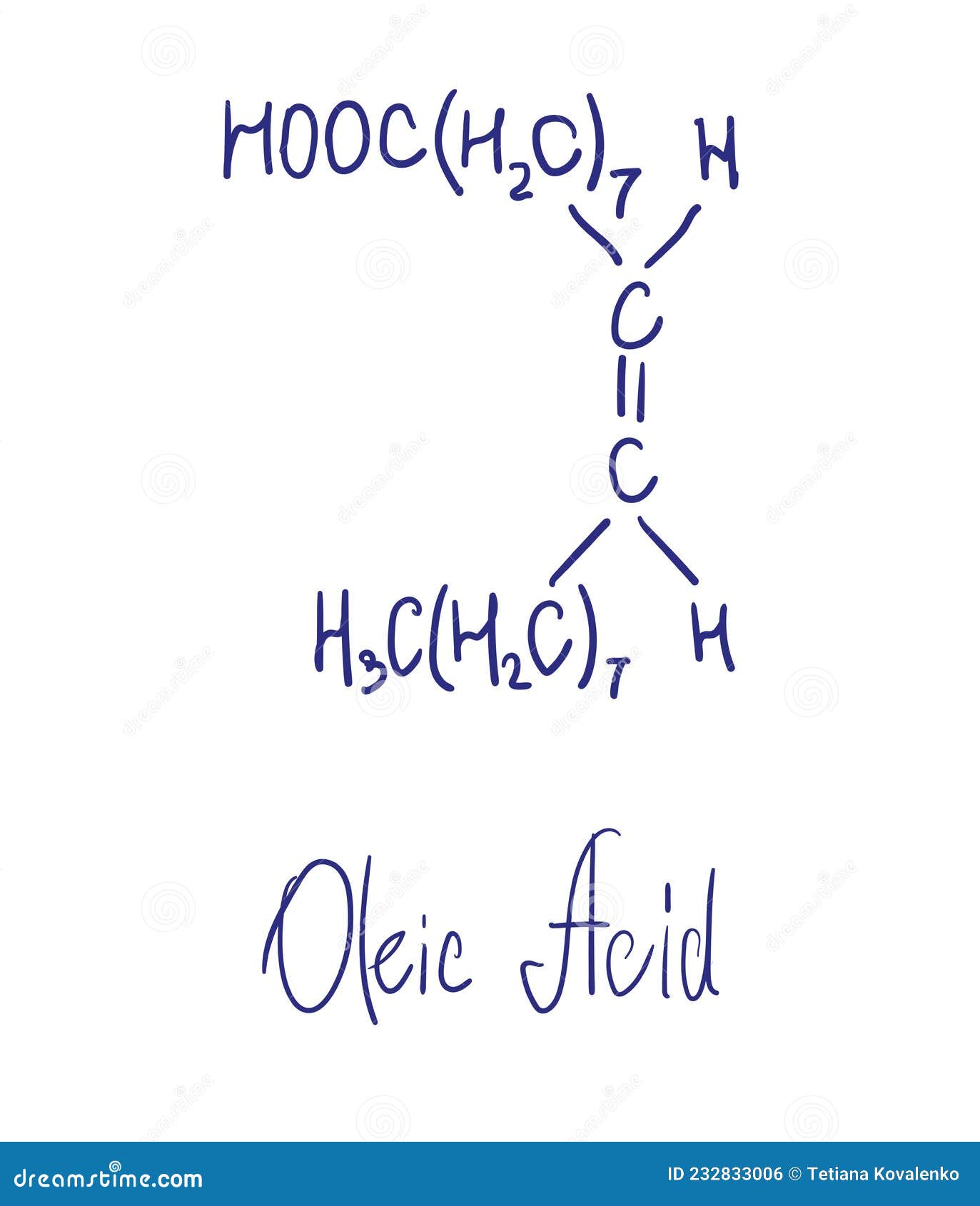Dec 14, 2019 · according to the results, oleic acid was the predominant monounsaturated fatty acid (41. 93% in human milk and 43. 53% in infant formulas), while palmitic acid was the most. Use some of the second oleic acid/ethyl alcohol solution to calibrate the pipet by counting the number of drops needed to produce a volume change of 1 ml in a graduated cylinder. May 21, 2011 · using cultured hepg2 cells and primary mouse hepatocytes, we found that unsaturated and saturated fatty acids differentially regulate autophagy and apoptosis.
Dec 14, 2019 · according to the results, oleic acid was the predominant monounsaturated fatty acid (41. 93% in human milk and 43. 53% in infant formulas), while palmitic acid was the most. Use some of the second oleic acid/ethyl alcohol solution to calibrate the pipet by counting the number of drops needed to produce a volume change of 1 ml in a graduated cylinder. May 21, 2011 · using cultured hepg2 cells and primary mouse hepatocytes, we found that unsaturated and saturated fatty acids differentially regulate autophagy and apoptosis. Sep 27, 2018 · based on the ag + mediated color variation of tmb, the test paper achieved colorimetric discrimination of five types of model fas including stearic acid, oleic acid, linoleic. In a group of healthy human subjects, percentages of oleic acid and arachidonic acid were inversely related, and the inverse association persisted when controlling for possible. It has long been recognized that, irrespective of diet and country of origin, the major storage fatty acid in human adipose tissue (at) is oleic acid at a concentration of between 29 and 50%.
Dec 14, 2019 · according to the results, oleic acid was the predominant monounsaturated fatty acid (41. 93% in human milk and 43. 53% in infant formulas), while palmitic acid was the most. Use some of the second oleic acid/ethyl alcohol solution to calibrate the pipet by counting the number of drops needed to produce a volume change of 1 ml in a graduated cylinder. May 21, 2011 · using cultured hepg2 cells and primary mouse hepatocytes, we found that unsaturated and saturated fatty acids differentially regulate autophagy and apoptosis. Sep 27, 2018 · based on the ag + mediated color variation of tmb, the test paper achieved colorimetric discrimination of five types of model fas including stearic acid, oleic acid, linoleic. In a group of healthy human subjects, percentages of oleic acid and arachidonic acid were inversely related, and the inverse association persisted when controlling for possible. It has long been recognized that, irrespective of diet and country of origin, the major storage fatty acid in human adipose tissue (at) is oleic acid at a concentration of between 29 and 50%.
Dec 14, 2019 · according to the results, oleic acid was the predominant monounsaturated fatty acid (41. 93% in human milk and 43. 53% in infant formulas), while palmitic acid was the most. Use some of the second oleic acid/ethyl alcohol solution to calibrate the pipet by counting the number of drops needed to produce a volume change of 1 ml in a graduated cylinder. May 21, 2011 · using cultured hepg2 cells and primary mouse hepatocytes, we found that unsaturated and saturated fatty acids differentially regulate autophagy and apoptosis. Sep 27, 2018 · based on the ag + mediated color variation of tmb, the test paper achieved colorimetric discrimination of five types of model fas including stearic acid, oleic acid, linoleic. In a group of healthy human subjects, percentages of oleic acid and arachidonic acid were inversely related, and the inverse association persisted when controlling for possible. It has long been recognized that, irrespective of diet and country of origin, the major storage fatty acid in human adipose tissue (at) is oleic acid at a concentration of between 29 and 50%.
Remoras: Producers, Consumers, Or Decomposers? The Science Explained.
GeneDx Or Sequencing.com: Which Test Is Most Comprehensive?
Indiana Road Trip Checklist: Orleans To Paoli Distance First!
